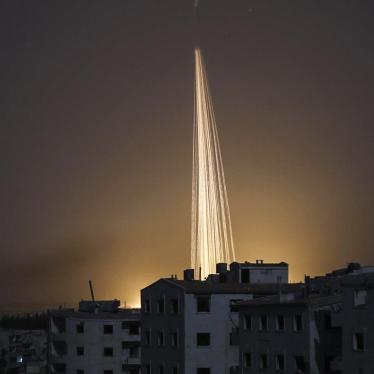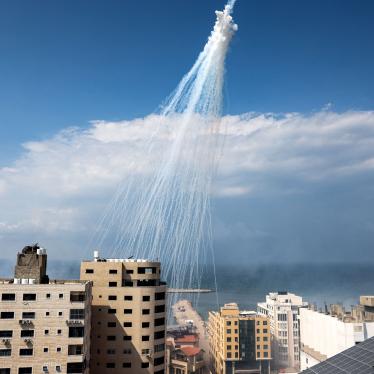Listen, Run, Hide
How Russia Uses Quadcopter Drones to Hunt and Kill Civilians in Kherson, Ukraine

Incendiary weapons, which are notorious for their horrific human cost, cause extremely painful burn injuries that are difficult to treat and lead to long-term physical and psychological harm. More than 115 countries have joined the 1980 Convention on Conventional Weapons (CCW) Protocol III on Incendiary Weapons. International law on incendiary weapons needs to be strengthened, however, because the protocol has two loopholes. First, the protocol’s definition of incendiary weapons does not encompass multipurpose munitions such as white phosphorus, which are “primarily designed” to create smokescreens or signal troops, yet have the same cruel incendiary effects. Second, while the protocol prohibits the use of airdropped incendiary weapons in civilian areas, it has weaker regulations for the use of ground-launched incendiary weapons.
How Russia Uses Quadcopter Drones to Hunt and Kill Civilians in Kherson, Ukraine


The Ripple Effects of Incendiary Weapons and Increasing Calls for International Action

Airburst Munitions Used Unlawfully in Populated Areas

Delivered by Human Rights Watch


First Committee Briefing Book 2025

Delivered by Mary Wareham, Deputy Director of Crisis, Conflict and Arms Division

Stronger Law Needed to Govern Weapon with Cruel Effects


Resources on Incendiary Weapons from Human Rights Watch and the International Human Rights Clinic at Harvard Law School

Airburst Munitions Used Unlawfully in Populated Areas

